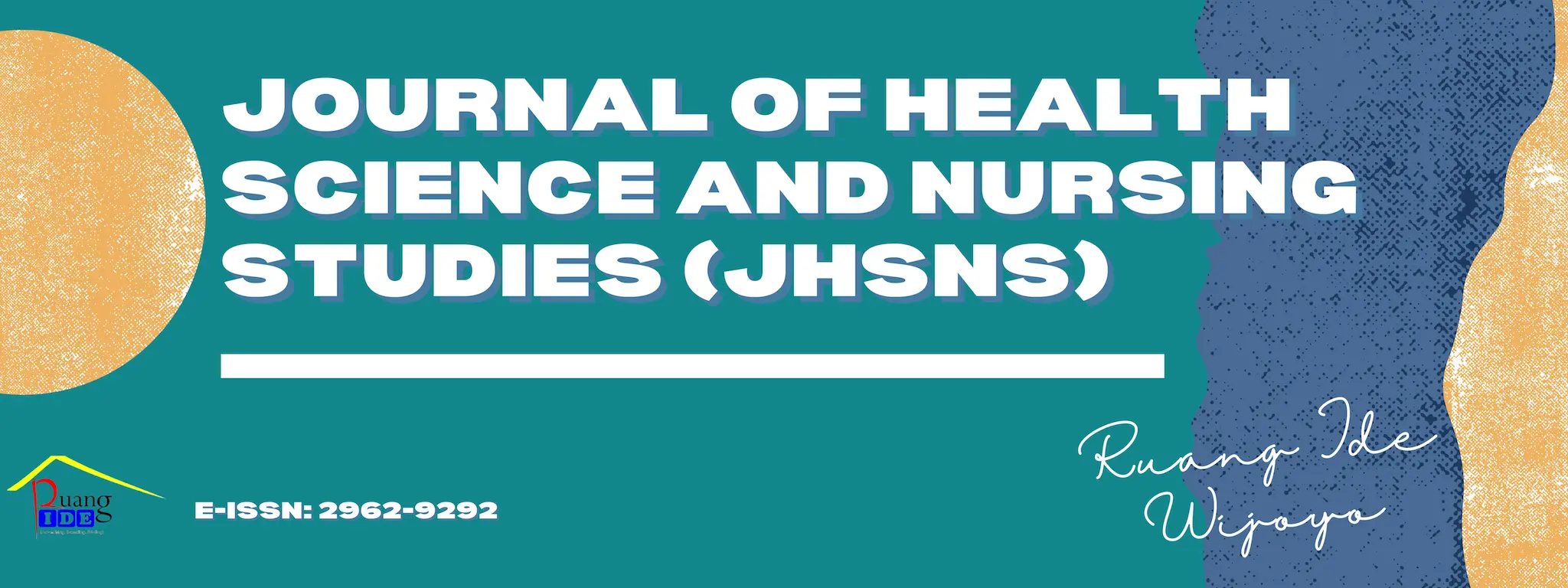Reduce the level of dysmenorrhea menstrual pain with the Cupping Method
Keywords:
Cupping, dysmenorrhea, painAbstract
Background: Dysmenorrhea is one of the most common menstrual disorders/problems and 90 % of women in the world experience dysmenorrhea complaints. The Special Region of Yogyakarta (DIY) itself has an incidence of dysmenorrhea experienced by students of productive age as much as 52%. The effects of dysmenorrhea on students include disruption of daily activities, difficulty concentrating and even being unable to attend classes. Management of dysmenorrhea can be done pharmacologically and non-pharmacologically. One of the non-pharmacological treatment efforts that can be done to overcome menstrual pain (dysmenorrhea) is dry cupping therapy.
Methods: The research design used in this study was pre-experimental with one group pretest and posttest design and did not have a comparison group (control). The research was carried out at the Global Solar Stikes Yogyakarta. The population of this study were all nursing students at STIKes Surya Global Yogyakarta (Class 2018-2021) with a total population of 421 students. The number of samples is 15 respondents with incidental sampling technique / Accidental Sampling. The research instrument used the Numeric Rating Scale (NRS). Method of data analysis using Wilcoxon test.
Results: Based on the Wilcoxon , there was a significant decrease in the pain scale before and after the dry cupping therapy with a p-value of 0.001 ( p-value <0.05), the average pre-test was 4, 80 and the post-test was 2.73.
Conclusion: There is an effect of dry cupping as a nursing intervention to reduce menstrual pain (dysmenorrhea).
Keywords: cupping, dysmenorrhea, pain





